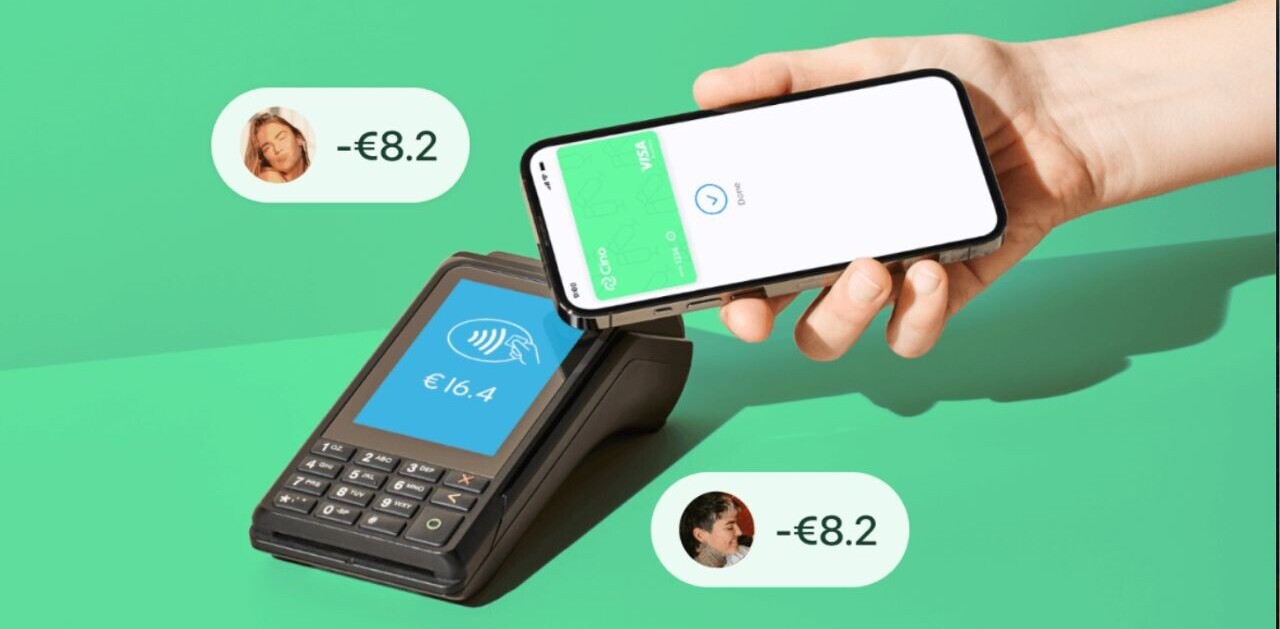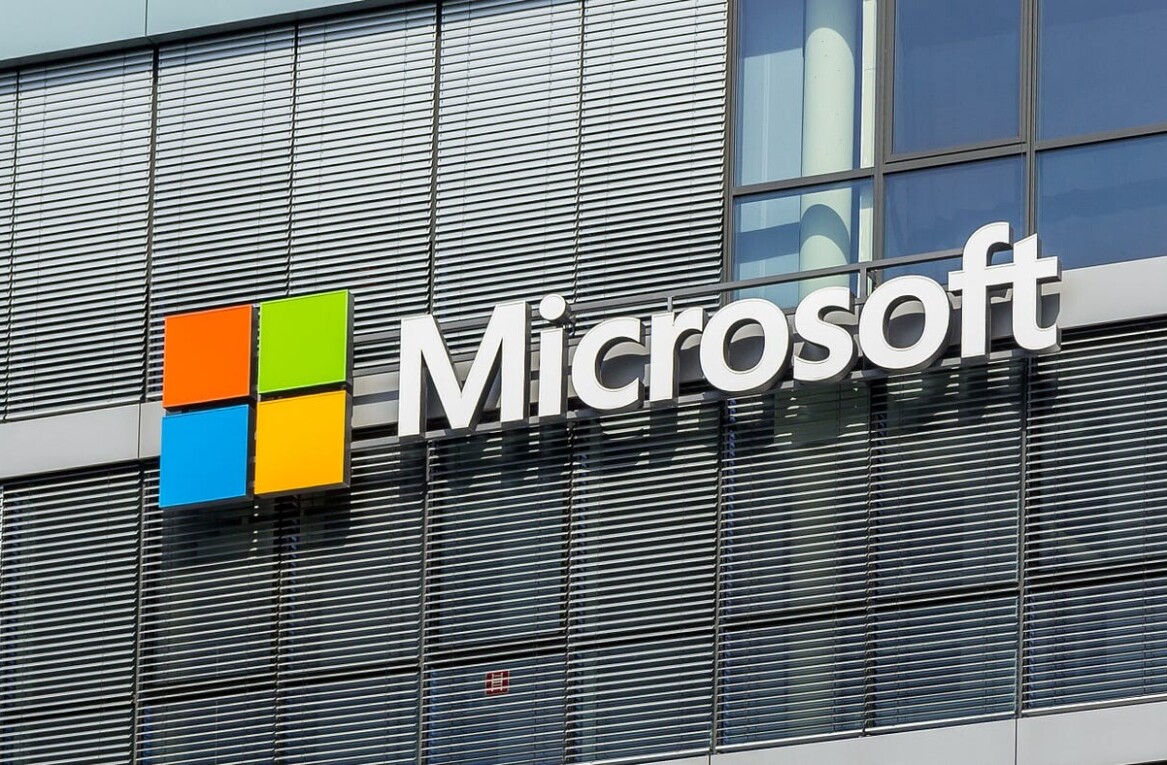OneNote is one of the oldest note-taking apps still around around, but that isn’t stopping Microsoft from considering an alternative. Today the company is releasing Plumbago – latin for Graphite, and pronounced Plum-bay-go – aimed specifically at Windows 10 tablet and stylus users.
It’s an all together different approach to OneNote, and in some senses is actually more akin to Paper by FiftyThree. The emphasis is all on handwriting on touch-friendly devices – like Microsoft’s own Surface line – and the app includes some clever technology to make your digital notes more like writing with pen and paper, while adding some modern convenience.
For example, Plumbago will features something called ‘handwriting beautification,’ which essentially averages out the characters in your handwriting to make your notes easier to read, particularly if you were scribbling in a hurry.
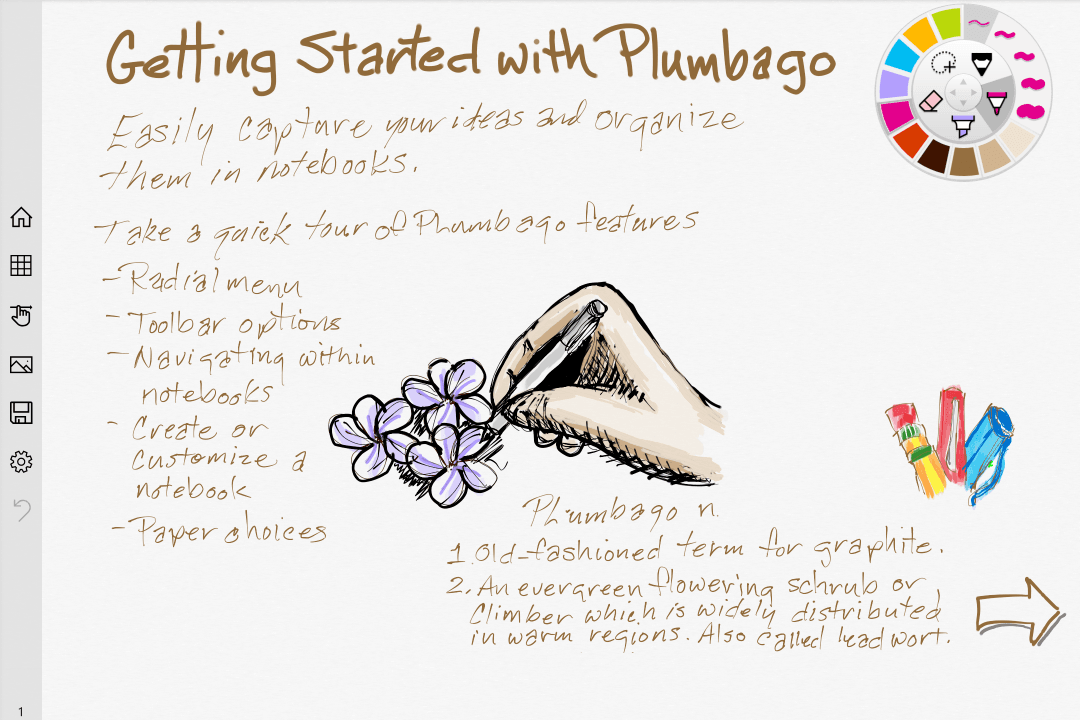
Microsoft is also touting ‘realistic ink technology, and after spending a few minutes with the app on my Surface Book, it’s a noticeably more realistic writing and sketching experience than OneNote. Latency is particularly low, and the pen and pencil tools seem to follow my handwriting more accurately. I also like that you can also customize handwriting smoothing in the settings menu.
The focus on handwriting also comes through on how the app handles pages and paper templates. Your notes can be separated into 25 pages which you access by swiping across the surface of your screen, the way you’d flip a page in a notebook.
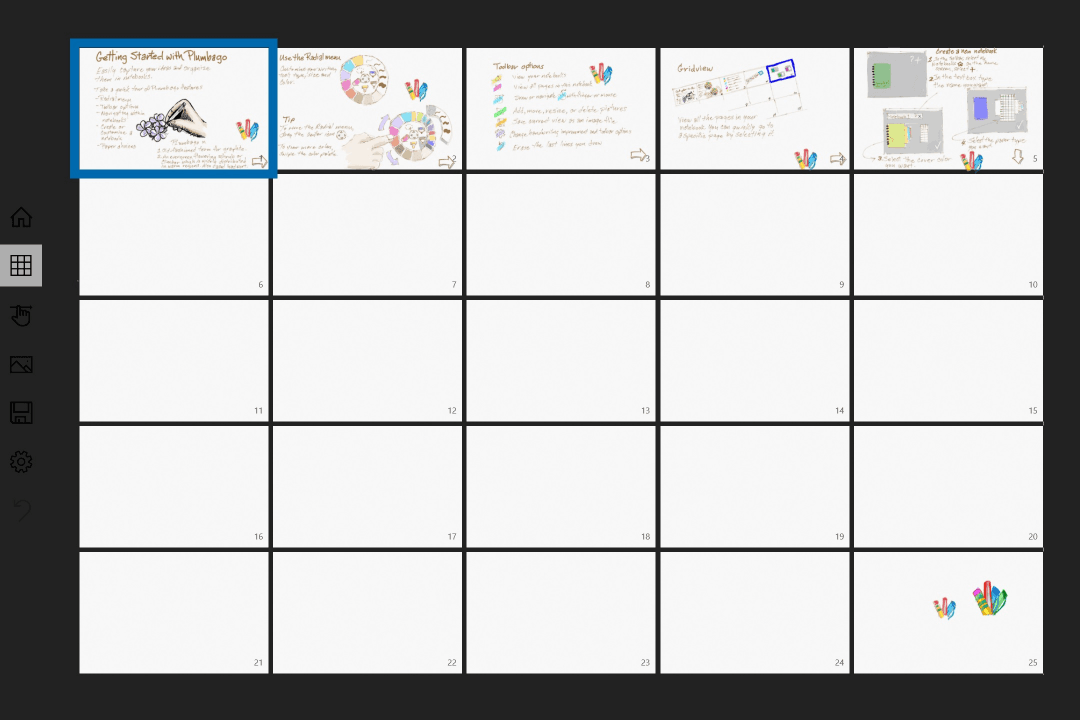
Each individual page is essentially infinitely long, but the ability to have pages within a notebook helps add an intuitive sense of organization that OneNote is missing.
Also, while OneNote only offers blank or ruled paper, Plumbago has everything from a music sheets to graph paper to sketching templates, and switching colors or input tools is done via a nifty floating radial menu.
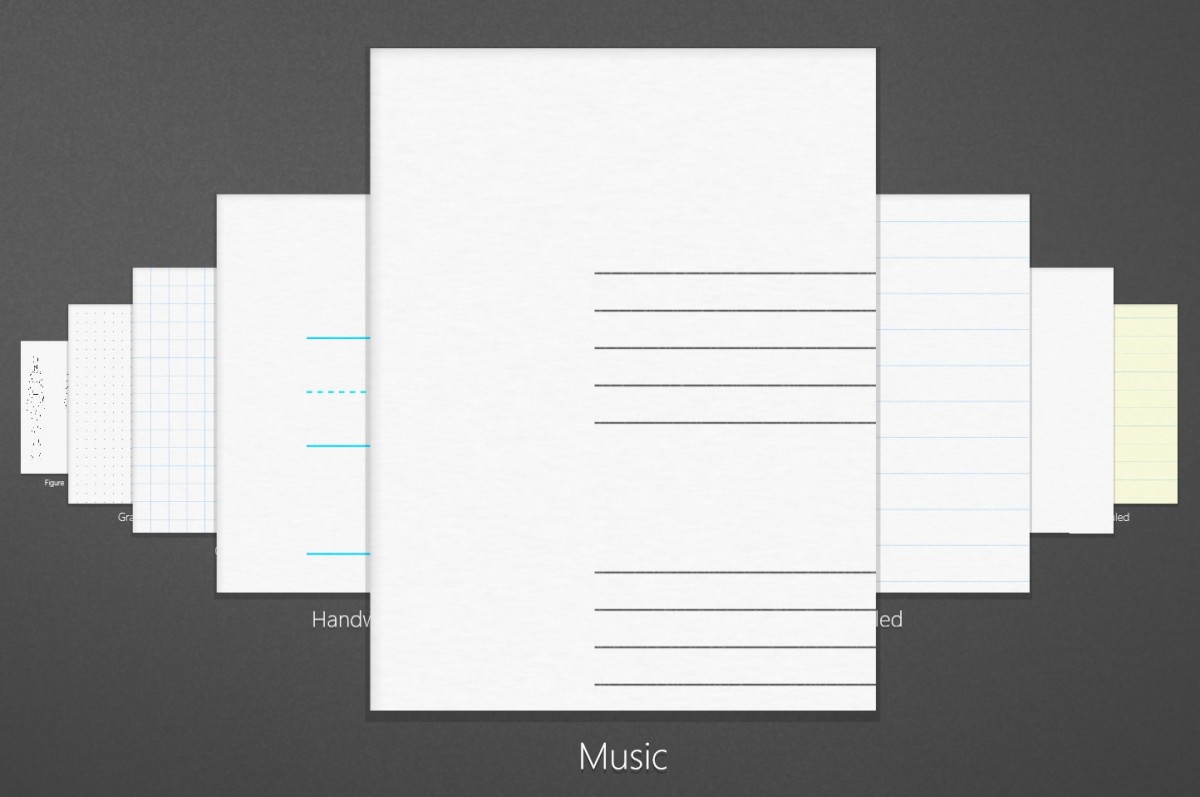
There’s one big caveat: notes are limited to a single device. I’ve grown used to viewing and editing my notes across my various devices of all sizes, so the exclusivity feels like something of a step backward. At least you can export screenshots of your notes to OneNote or Word if you really need to, but the lack of native support across platforms – or any cloud connectivity at all – could severely limit its popularity.
The focus on writing and sketching also means you’re missing out some of OneNote’s abilities as an all around study and creative tool: you can’t save audio or video clips, embed clips from the web, convert handwriting to text, or do any typing at all.
You also can’t mix and match types of pages within a single notebook, and it’s kind of confusing that Microsoft now has three big note-taking apps: the full-featured, desktop-friendly OneNote 2016, the lighter, more touch-friendly OneNote universal app, and now Plumbago. At least the former two can sync with one another.
Still, if you’re just looking for a relatively simple app to replace pen and paper, Plumbago looks like a solid start. Hopefully some of the concepts explored here will make their way to OneNote somewhere down the road, or vice versa.
If you want to give it a shot, Plumbago is available for free from the Windows Store now.
➤ Time to retire pen and paper? New Microsoft Garage app Plumbago reimagines digital notetaking [Microsoft]
Get the TNW newsletter
Get the most important tech news in your inbox each week.
